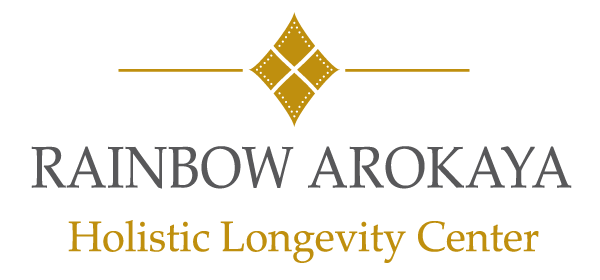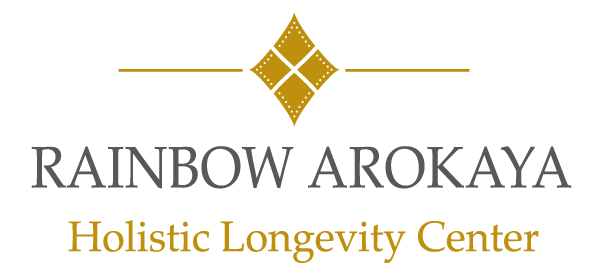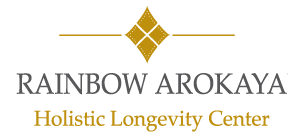A bone spur is a bony growth formed on normal bone. Most people think of something sharp when they think of a “spur” but a bone spur is just extra bone. It’s usually smooth, but it can cause pain if it presses or rubs on other bones or soft tissues such as ligaments, tendons, or nerves in the body. Common places for bone spurs include the spine, shoulders, hands, hips, knees, and feet.
There are altogether 2 types of Calcaneal spur.
• Inferior calcaneal spur.
• Posterior calcaneal spur.
When the muscles and ligaments of the foot are subject to constant stress and strain, calcium deposits start building up on the undersurface of the heel bone.
Who can get heel spurs?
• Women – since most women wear high heels. Greater pressure is exerted on their tissues and this makes them more vulnerable to heel spur than men.
• Flat – footed people – People who have flat – feet are more likely to get heel spurs.
• Athletes and sportspersons – Since the activities of athletes and sports persons include a lot of jumping and running their tissues are subject to constant stress
• Over – weight people – Obese and overweight people are also more likely to develop heel spur.
• People with gait abnormalities.
• People wearing poor fitting shoe.
Symptoms associated with heel spur.
Heel spurs usually cause no symptoms
As such, they can be detected only by an X – ray. Most heel spurs are painless, though they might be accompanied by pain and discomfort in same cases. The pain associated with heel spurs might be intermittent or continuous.
Most people with spurs experience pain while jogging, jumping or running if the area along the heel spur has an inflammation. Usually, people with heel spur complain of a sharp pain in the heel, when they get up in the morning – something like a pin prick. This pain turns into a dull ache as the day progresses
Treatment and Prevention of heel spurs
People whom their work required them to stand for a long period of time could try sitting intermittently to give rest to the attached muscles. Avoiding high heels and wearing well – cushioned shoes that absorb shock also helps in the treatment of heeling spur. Besides these, stretching exercises are also known to help. However one must consult a physiotherapist before starting and exercise regime.
For more information please contact us at Rainbow Arokayal Holistic Longevity Clinic.






